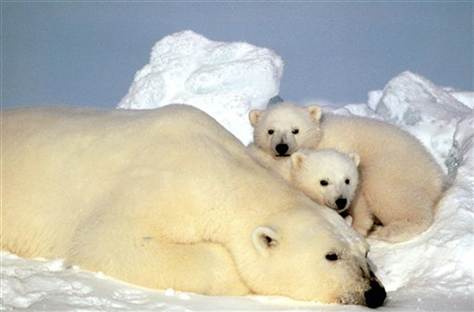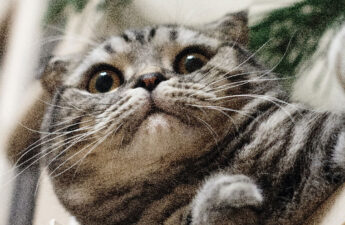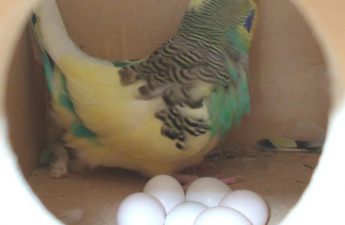Polar bear cubs really look adorable with their white fur. Surprisingly this white fur is so minute at the time at which these cubs are born that they almost look devoid of any hair.
These cubs are born when their mothers are 4 to 8 years old. These cubs are generally born as two at a time, but sometimes, three cubs can also be born at the same time. The physical specifications of the cubs are a height of 30 to 35 centimeters at the time of birth. They are not born as intelligent animals. But rather are quite, well, dumb. So, for the first few weeks following birth, they spend their entire time near their mothers to gain heat and learn from them. Their mothers have special gaps in their bodies where they can hide to get this heat.
The time for which a mother takes care of her cubs depends on the region. Generally, mothers have these cubs with them till they are 2 years old, but in high arctic where conditions are not that feasible, they provide support to their cubs for three years. However, the polar bears residing in the Hudson mother area desert their cubs only when they are 1 to 2 years old. Cubs are quite naughty. Male cubs generally indulge in play fighting so that they can face the heavy competition that arises during mating in adulthood.
The eyes of the polar baby cubs are not open at the time of their birth. They remain closed for somewhat near a month, when they see their mothers for the first time. Polar cubs also take some time in learning to walk. They are only able to walk when they are two months old. They also start consuming solid food with the help of their mothers at an age of three to 4 months by hunting seals.

When cubs are deserted by their mothers, they have developed an ample amount of strength in their bodies to face the world on their own. They also walk perfectly and respond intelligently to the sound commands produced by their mothers. A mother during her weaning time teaches her cubs how to hunt and survive in the most deadly conditions in arctic. The survival of the cubs depends on the expertise of their mothers in hunting down seals. A mother also carries her children on her back in areas infested heavily with snow and water if the conditions are not comfortable for the cubs to stride on their own. At the end of weaning, the cubs are hounded away by the father or mother.
Polar bears are facing an enormous amount of risk from the environment. Since the polar bears are quite weak during the first 3 to 4 months after their birth, the maximum deaths due to pollution and global warming occur at this time. Mother bears consume polluted seals and the contaminants get passed on to their milk which is then fed to the young cub. But the infants immune systems are not strong enough to resist these pollutants which results in their death.



